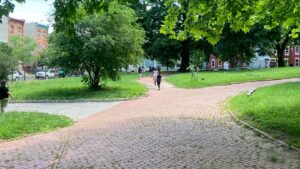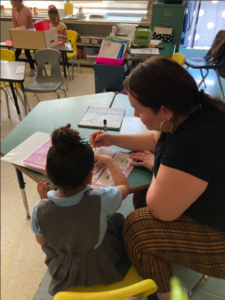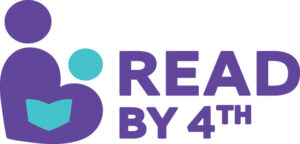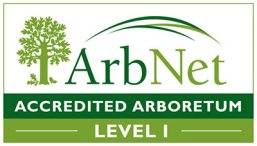This last Saturday, we welcomed a crowd of forty at dusk to look at the stars and planets on Astronomy Night. The event was one of over a dozen throughout the city organized as part of the Philadelphia Science Festival. One girl brought her small telescope with her, and the astronomer was more than happy to help her set it up. Teenage boys were excited to wait until the sun went down so they could take a gaze into the night’s sky. Children as young as 3 years old watched with their parents.
.
Franklin Institute astronomers brought a 12” telescope that showed clearly the moons of Jupiter and a sunspot on the sun. Astronomer Denise pointed to Jupiter, so big it could hold all the other planets, and Cerius the brightest star in the heaven. The kids saw that planets have a steady light, while stars twinkle. One boy asked, “What will happen to us when the sun burns out, what does it mean that there is water on Mars, and could we go live there someday?”
.
Parents looked through the scopes while the children played on the grass and ran around the loop. When the enormous yellow moon appeared over the houses on 9th street, it was time to go home.
.
Astronomy is a field of science that is especially compelling for children. It has visible elements that make the subject concrete. At the same time it touches on all that’s unknown about the universe. Many young future scientists will catch on through events like these. We’re very grateful to The Franklin Institute for their work and can’t wait for the next one.







